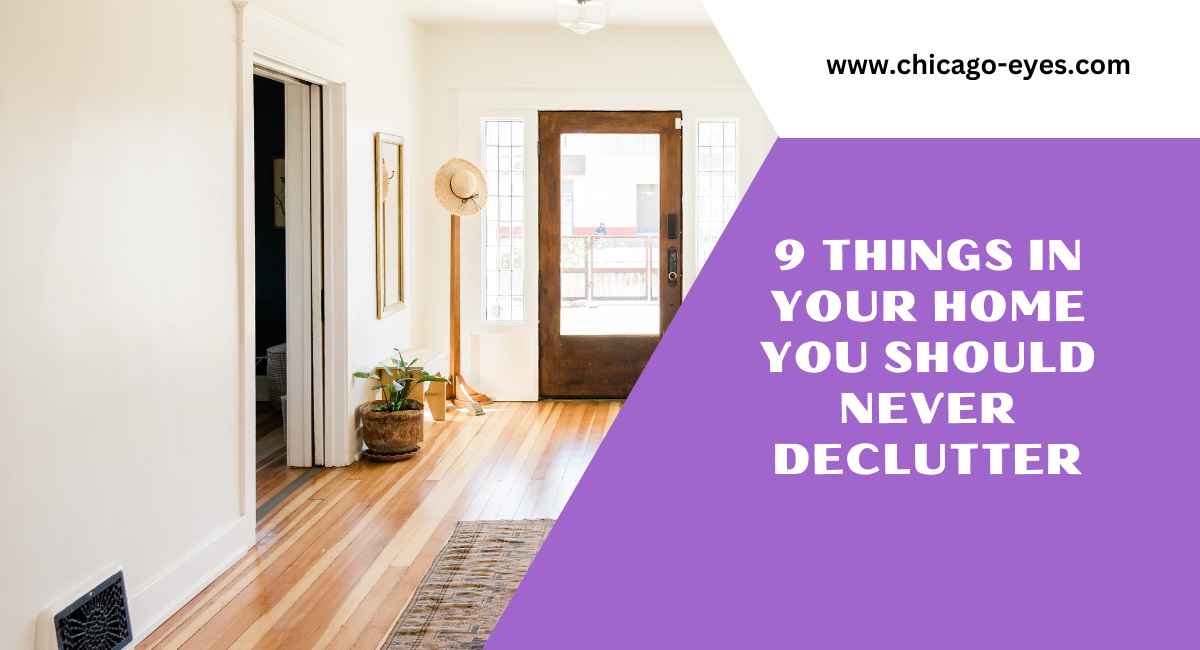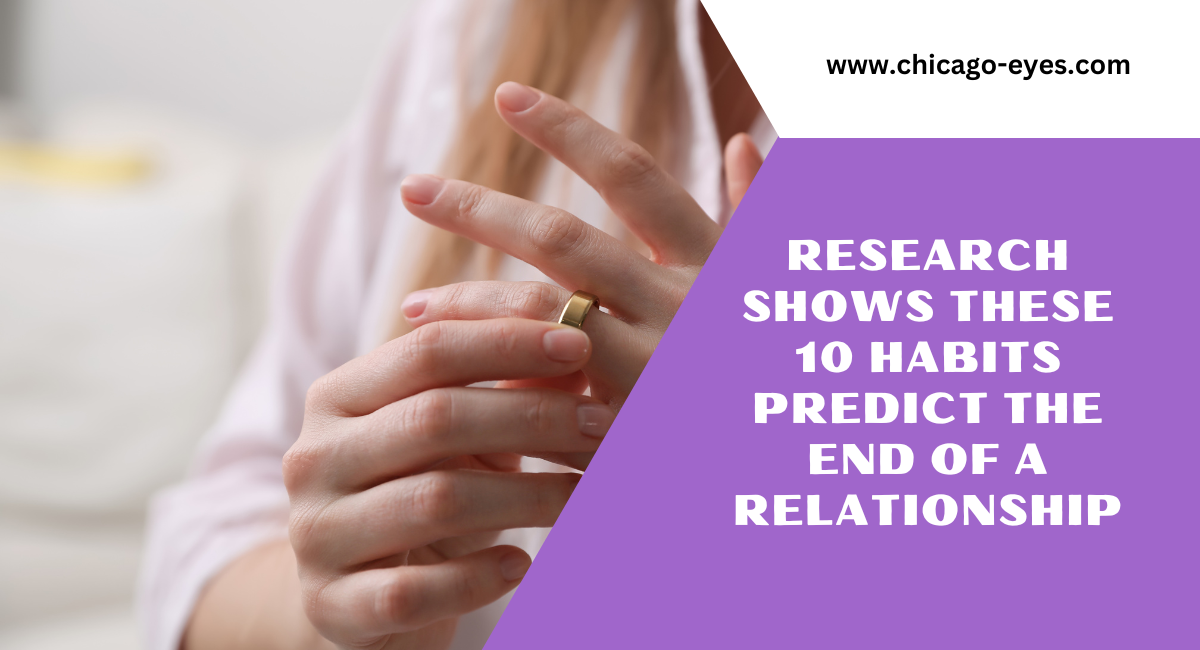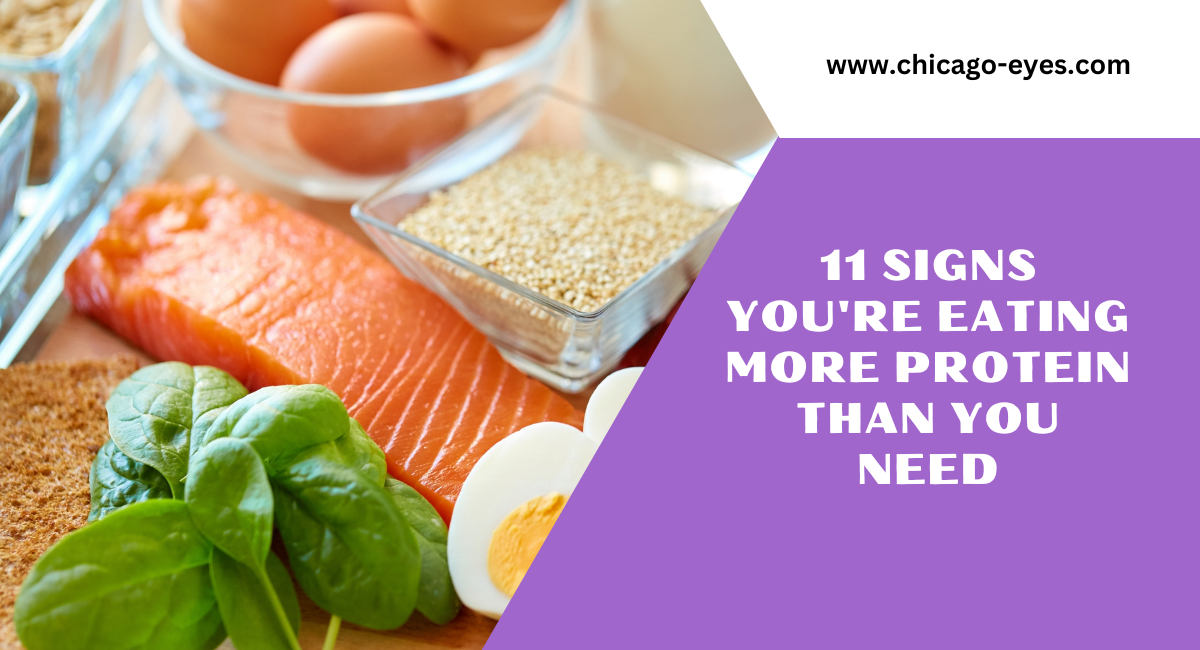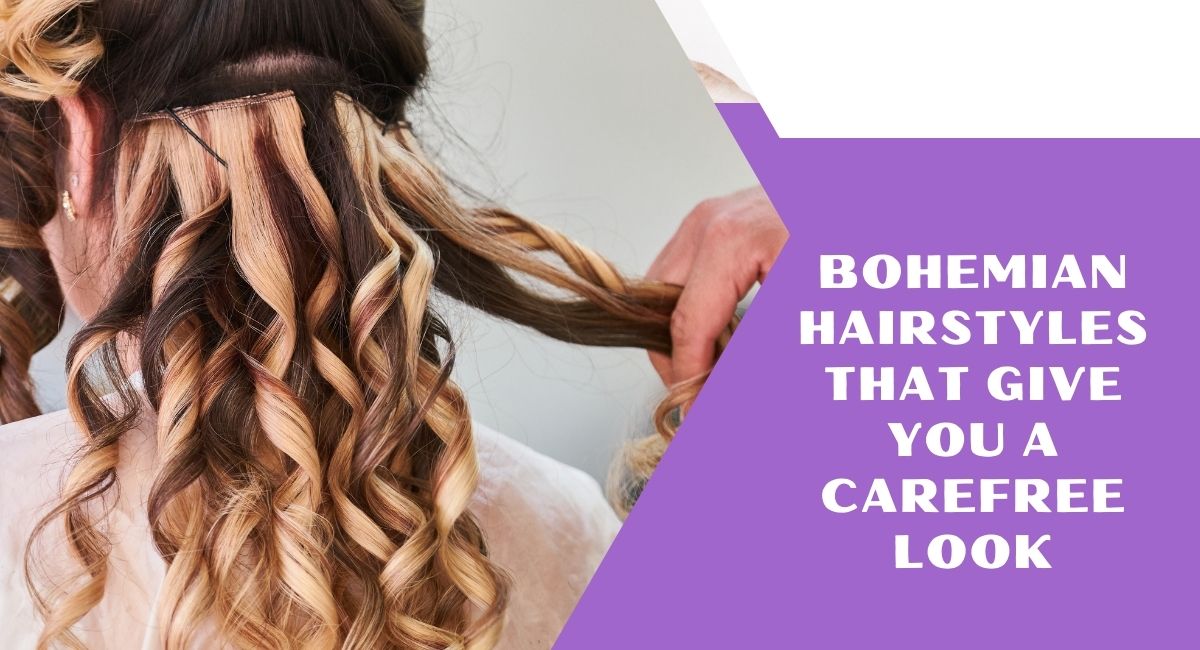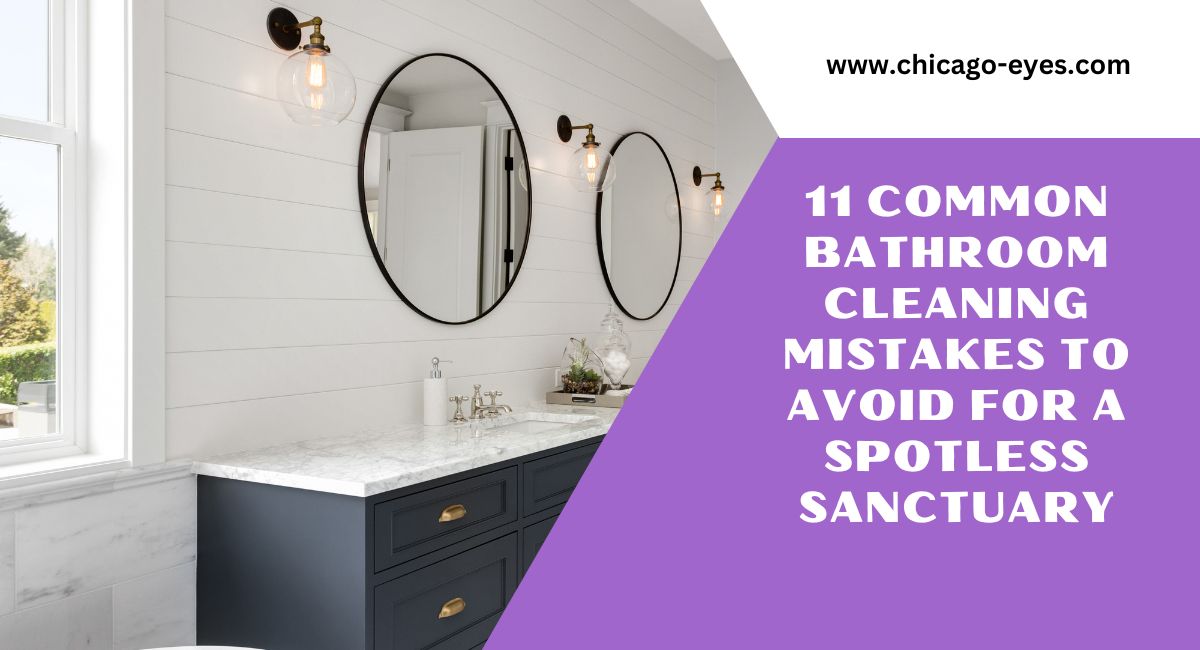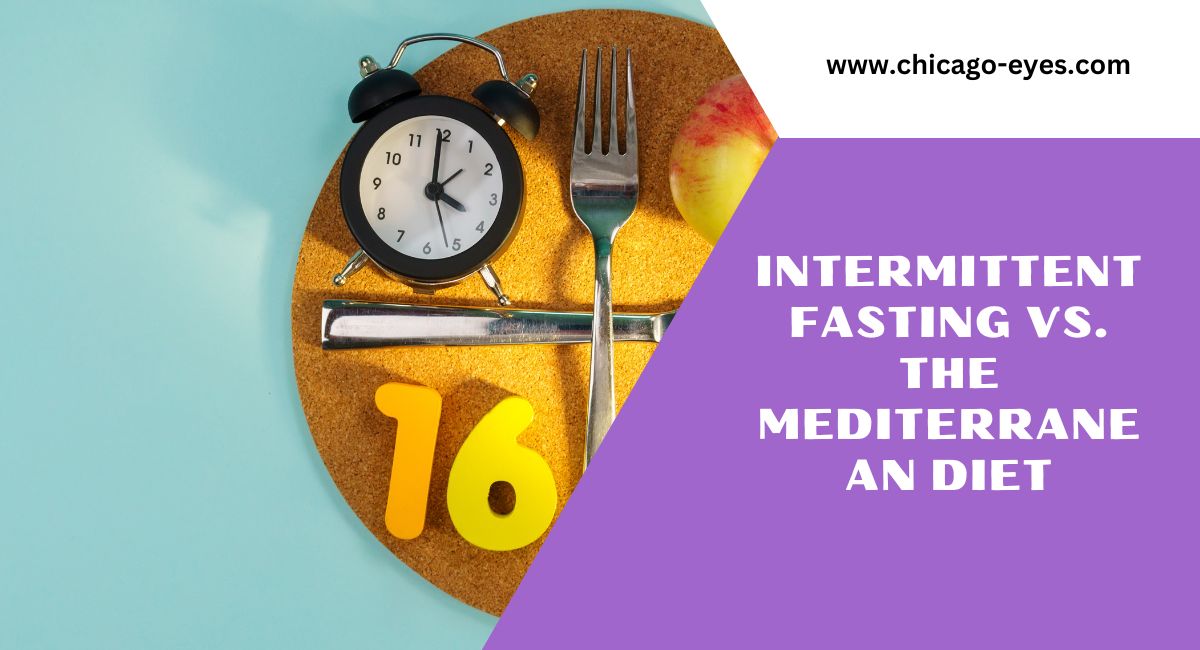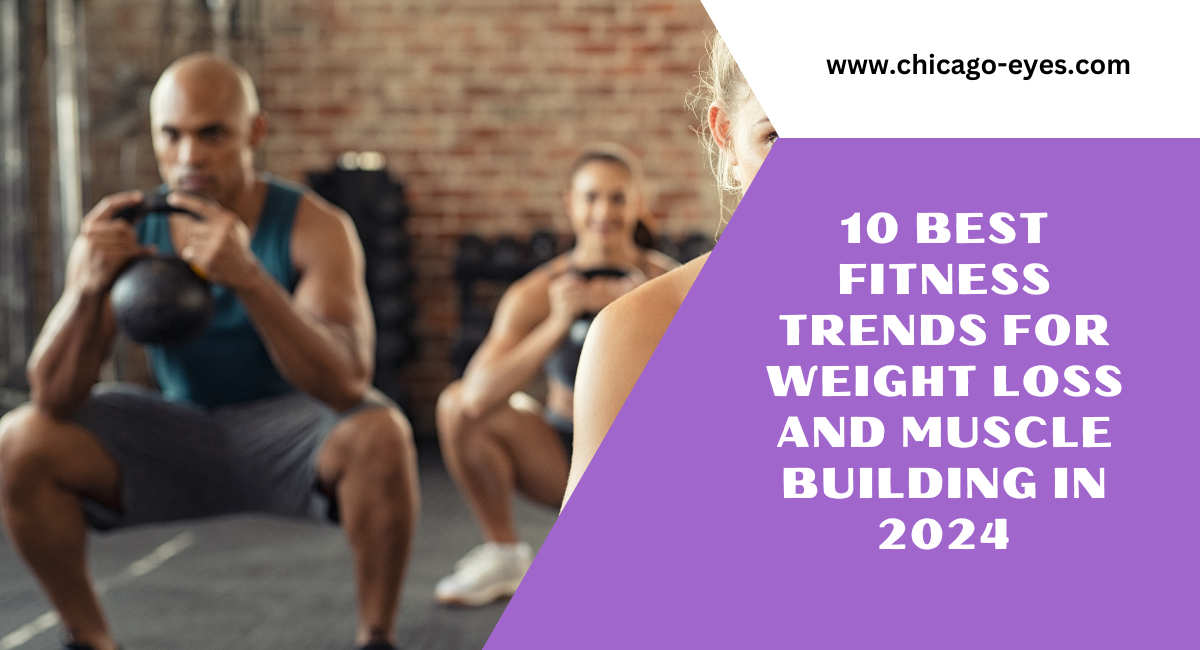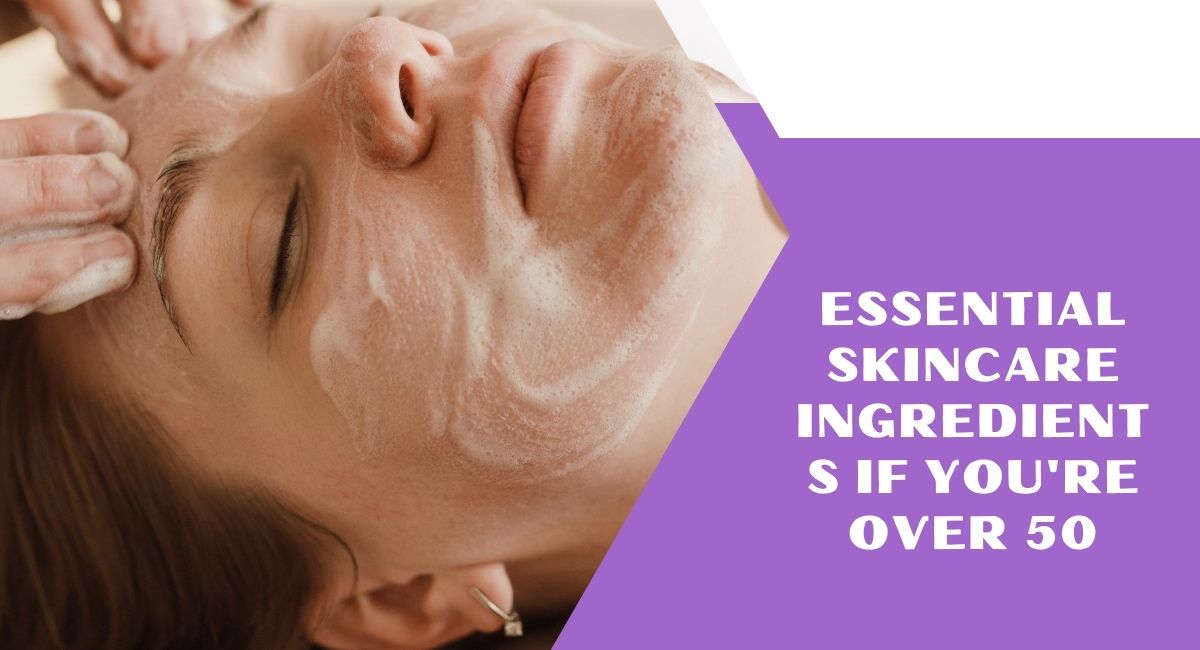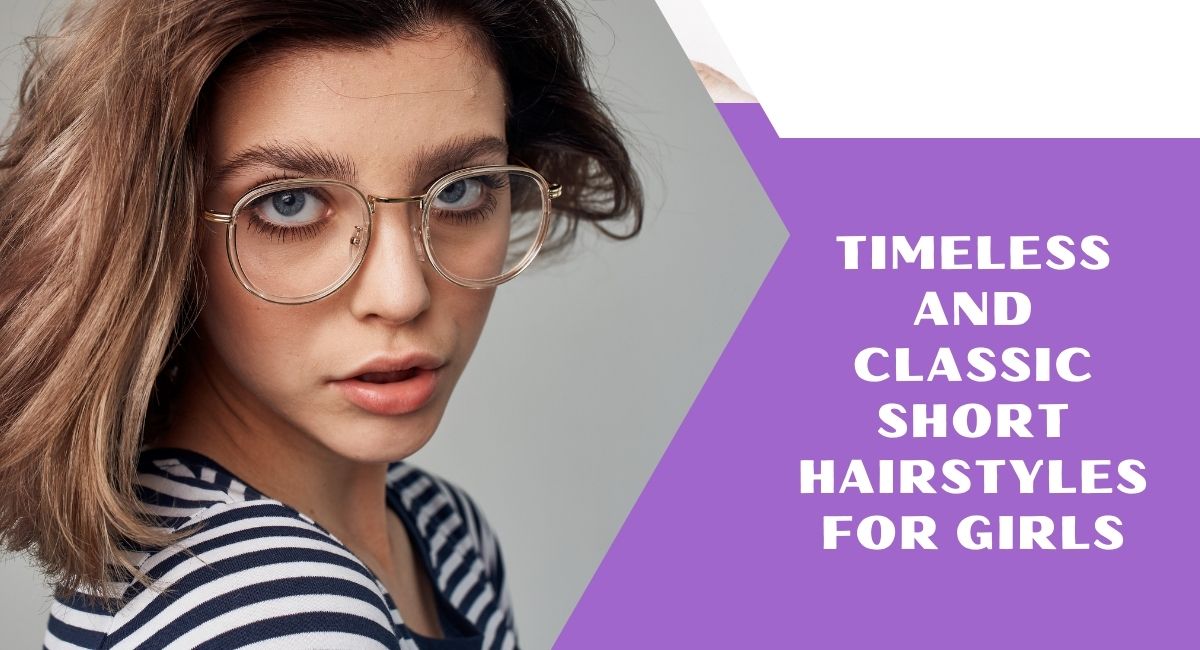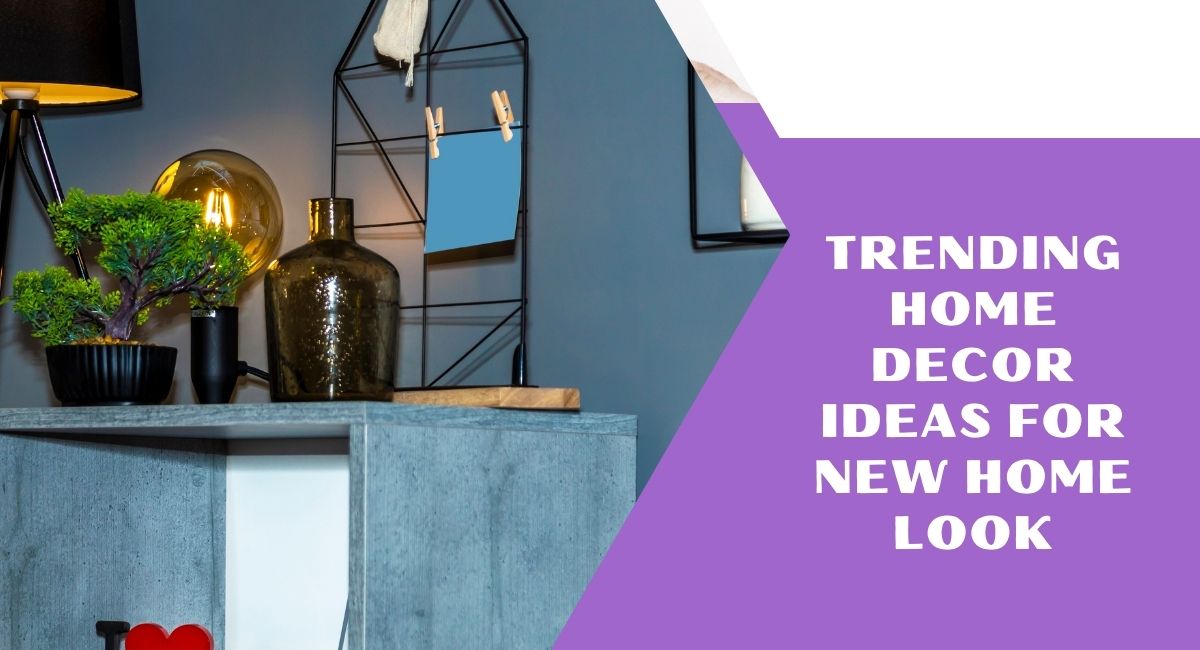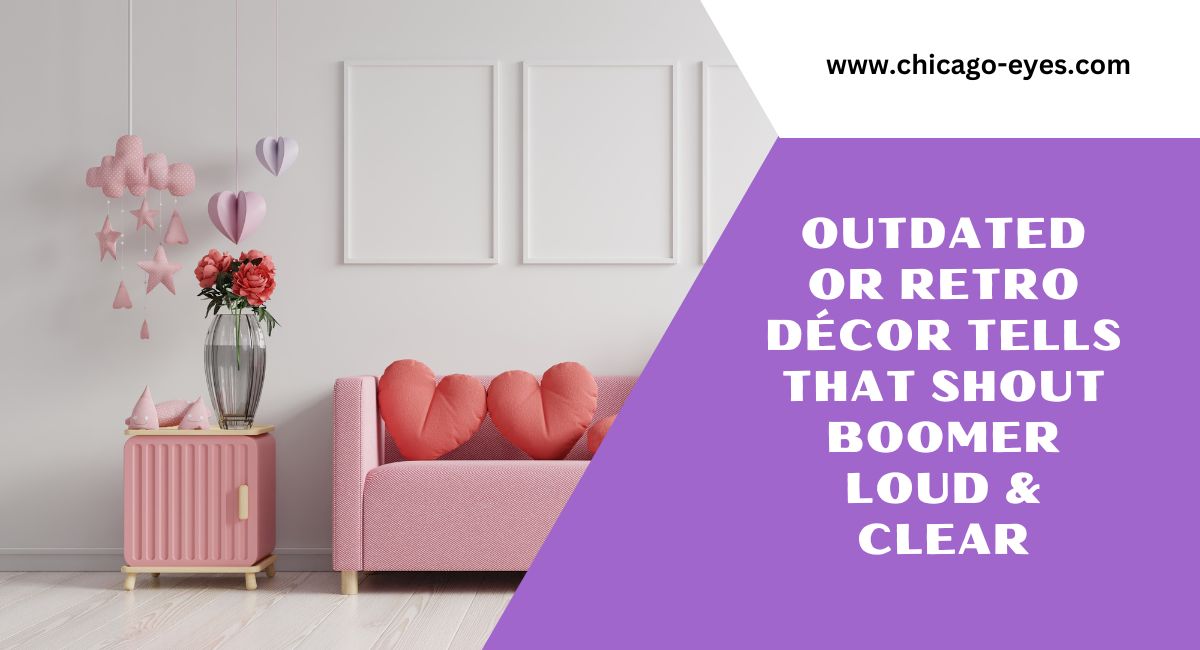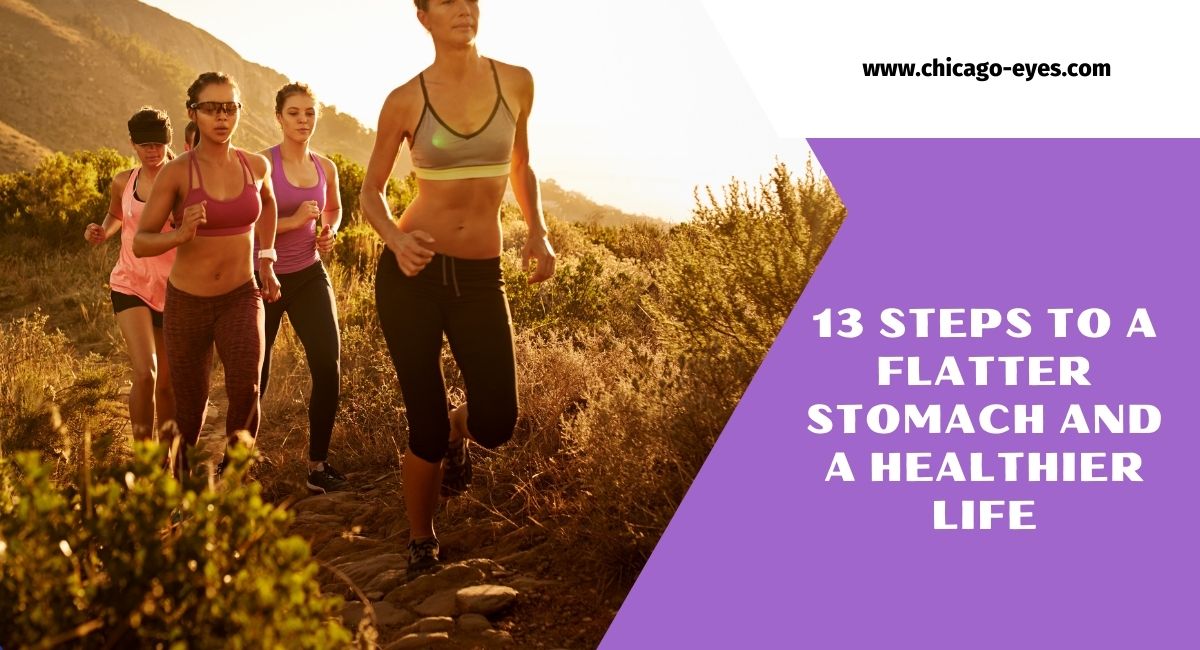Decluttering has become a popular trend, and with good reason. Getting rid of excess stuff can create a more organized and peaceful living space.
But while the urge to purge might be strong, there are certain items that deserve a permanent place in your home, even if they don’t seem particularly useful at first glance.
These sentimental treasures can hold immense value beyond their physical form, enriching your life and connecting you to your past and loved ones.
Here are 9 items you should seriously reconsider decluttering, along with reasons why they deserve a cherished spot in your home:
1. Heirloom Jewelry: More Than Just Sparkles
Heirloom jewelry isn’t just about the gemstones or precious metals. These pieces carry a rich history, passed down through generations and whispering stories of your family’s journey.
Imagine the hands that once held a delicate locket or the laughter that echoed as a pair of earrings adorned a loved one’s ears. Wearing these pieces is a way to connect with your ancestors and feel a sense of belonging to a larger story.
Consider This: Even if a piece of heirloom jewelry doesn’t suit your personal style, there are ways to keep it close. Get it redesigned into a contemporary piece you can wear more often.
Alternatively, display it in a shadow box or a jewelry case for a beautiful and sentimental conversation starter.
2. Childhood Keepsakes: A Window to Your Past
Those dusty boxes filled with childhood toys, report cards, or even a collection of colorful rocks hold more than just memories. They represent a significant part of who you are.
Looking through these keepsakes can spark joy, nostalgia, and even a deeper understanding of your personality and interests.
They can remind you of the things that brought you happiness as a child, perhaps reigniting a long-forgotten passion or hobby.
Consider This: Rotate your displayed keepsakes to keep things fresh. Choose a few special items to showcase on a shelf or in a shadow box.
Digitize old photos and documents to create a digital archive you can easily access and share with loved ones.
3. Artwork with Emotional Resonance
Artworks, whether paintings, sculptures, or even handmade crafts, can evoke powerful emotions. Maybe a particular piece reminds you of a cherished trip, a special person who gifted it to you, or a specific period in your life.
The colors, textures, and subject matter can spark joy, inspiration, or even a sense of calm.
Consider This: Rotate your artwork displays to keep your space feeling fresh and dynamic. If a piece has sentimental value but doesn’t quite fit your current decor, consider reframing it or hanging it in a different room where it can shine.
4. Letters and Cards: Tangible Threads of Connection
In today’s digital age, handwritten letters and cards are becoming increasingly rare. These tangible tokens of affection, filled with personal messages and well wishes, hold a special significance.
They offer a glimpse into the hearts and minds of the people who wrote them, strengthening your connection to loved ones, both near and far.
Consider This: Create a dedicated memory box or scrapbook to store your letters and cards. Periodically revisit them to relive happy memories or reconnect with the emotions you felt when you first received them.
5. Grandparent’s Recipe Books: More Than Just Ingredients
Recipe books, particularly those handwritten by a grandparent or another loved one, are more than just a collection of ingredients and instructions.
They represent a legacy of family traditions, cultural heritage, and the love poured into creating meals that nourished loved ones.
These recipes can transport you back to childhood memories of family gatherings and delicious food shared around the table.
Consider This: Host a family potluck where everyone brings a dish made from a cherished recipe. Scan or photocopy the recipes and create a digital or printed family cookbook to share with future generations.
6. Old Photos: A Priceless Record of Your History
Photographs capture fleeting moments in time, preserving memories of loved ones, special events, and significant milestones in your life.
They offer a visual record of your history, reminding you of how you’ve grown and changed over the years.
Looking through old photos can spark heartwarming conversations and strengthen your sense of belonging to a family story.
Consider This: Create digital copies of your photos for safekeeping and easy sharing. Designate a special spot in your home to display your favorite photos, like a gallery wall or a dedicated photo album.
7. Travel Souvenirs: Tokens of Adventure
Those keychains, magnets, or postcards collected from your travels might seem like clutter at first glance. But they represent more than just tourist traps.
They are tangible reminders of adventures you’ve embarked on, new cultures you’ve experienced, and the memories you’ve created.
Each souvenir can transport you back to a specific place and time, allowing you to relive the excitement of exploration and discovery.
Consider This: Instead of letting souvenirs gather dust in a drawer, create a designated display area.
Arrange them on a shelf, group them by location, or hang them on a wall using a decorative map. This way, they become conversation starters and a reminder to plan your next adventure.
8. The “Ugly” Christmas Sweater: A Badge of Holiday Cheer
That itchy, overly embellished Christmas sweater you wouldn’t be caught dead wearing in public might hold more sentimental value than you think.
It might have been a gift from a loved one, a funny tradition at your family gatherings, or a symbol of lighthearted holiday spirit.
Consider This: If the sweater is truly unwearable, consider repurposing it. Use it as a decorative throw pillow cover, a festive table runner, or even a playful pet outfit (with proper modifications, of course!).
9. The “First” Everything: Milestones Worth Keeping
The first piece of artwork your child created, the ticket stub from your first concert, or the chipped mug from your college dorm might seem like clutter.
But these seemingly insignificant items mark important milestones in your life’s journey. They represent moments of growth, first experiences, and the evolution of your story.
Consider This: Create a designated memory box or display shelf for these “firsts.” Label each item with a brief description to jog your memory and enhance the sentimental value.
Decluttering your home can be a liberating experience, but it’s important to be mindful of the items that hold more value than meets the eye. These sentimental treasures connect you to your past, spark joy, and enrich your life in unique ways.
So, before you toss something out, consider the story it whispers and the memories it embodies. After all, your home is more than just a collection of stuff; it’s a haven filled with the echoes of your life story.
